2025 06/30
How to Pay Utility Bills in Japan: Complete Guide with Average Costs
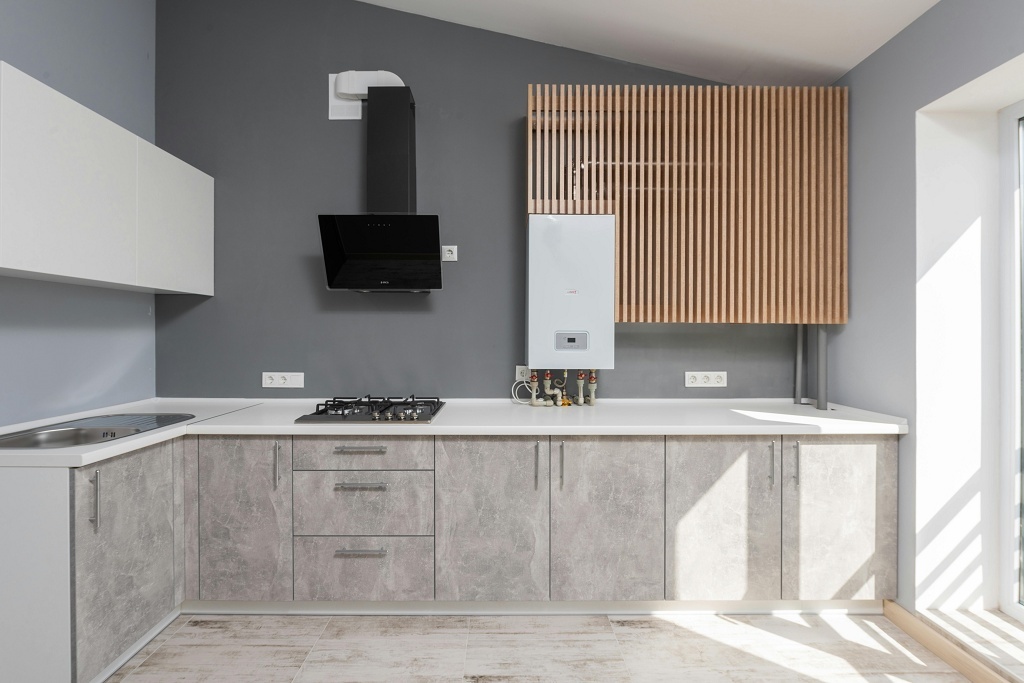
Moving to Japan and wondering about utility costs and payment methods?
This comprehensive guide covers everything you need to know about utility bills in Japan, from average costs to payment options and professional support services.
Types of Utility Bills in Japan
Japan's utility system consists of three main categories, each with distinct billing cycles.
Electricity Bills
Electricity in Japan is provided by major power companies, with TEPCO (Tokyo Electric Power Company) serving the Tokyo metropolitan area. The billing structure consists of a basic monthly charge determined by your contracted amperage (A) plus usage charges calculated per kilowatt-hour (kwh) consumed.
Electricity bills arrive monthly with your consumption history, allowing you to track usage patterns over time.
Gas Bills
Most properties in Tokyo use city gas (Toshi-gas ), which is supplied through underground pipes and billed based on cubic meter usage plus a basic monthly service charge. Note that some properties may use propane gas instead, so please check your property specifications. City gas is typically more cost-effective and convenient.
Water and Sewage Bills
Water service in Japan includes both water supply and sewage processing, billed together every two months rather than monthly. The Tokyo Metropolitan Bureau of Waterworks manages water service for most of central Tokyo using a tiered pricing system that encourages efficiency.
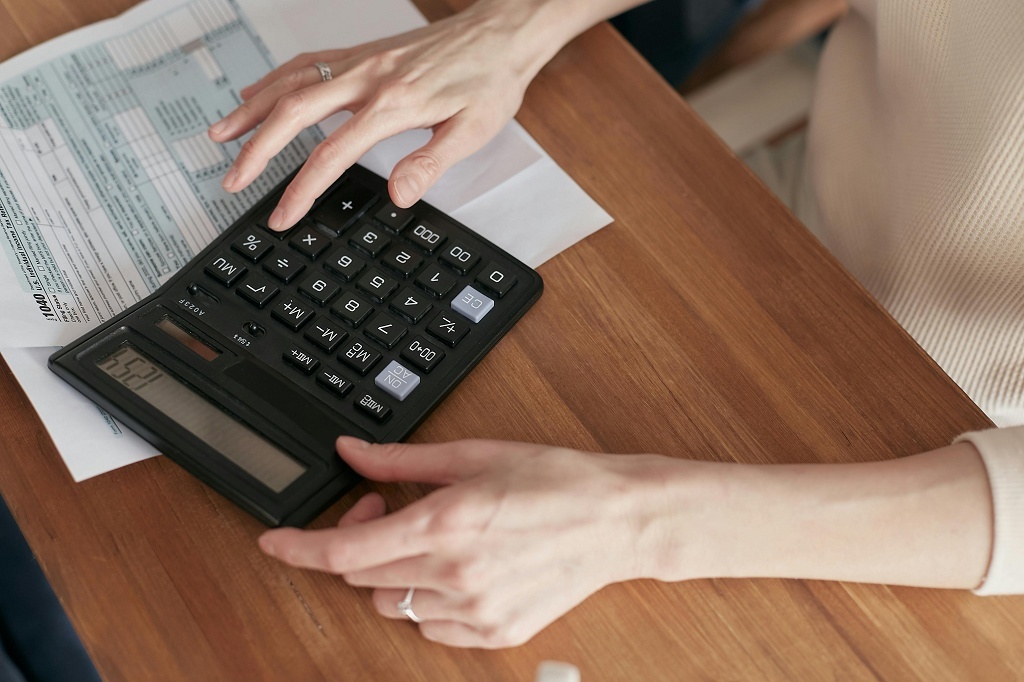
How to Read Your Utility Bills and Find Customer Numbers
Understanding your Japanese utility bills is essential for managing expenses and resolving service issues.
Basic Bill Reading
While utility bills contain detailed consumption information, focus on the most essential elements for daily management: the total amount due and the payment deadline. These are typically displayed prominently on the front section of your bill.
Usage amounts and comparisons with previous months provide helpful context for understanding your consumption patterns, but detailed analysis isn't necessary for basic bill management.
Customer Numbers: Your Most Important Information
Customer numbers are absolutely crucial for any communication with utility companies. When you're reporting a service problem, requesting account changes, or coordinating moves to new addresses, you'll need this customer number to identify your contact details easily.
Finding Your Customer Number on Each Bill:
Electricity (TEPCO): You can download the bill via online or TEPCO app. Look for "お客さま番号" (Customer Number) in the upper right section of your bill. This appears as a clearly marked 13-digit number in a highlighted box or designated area.
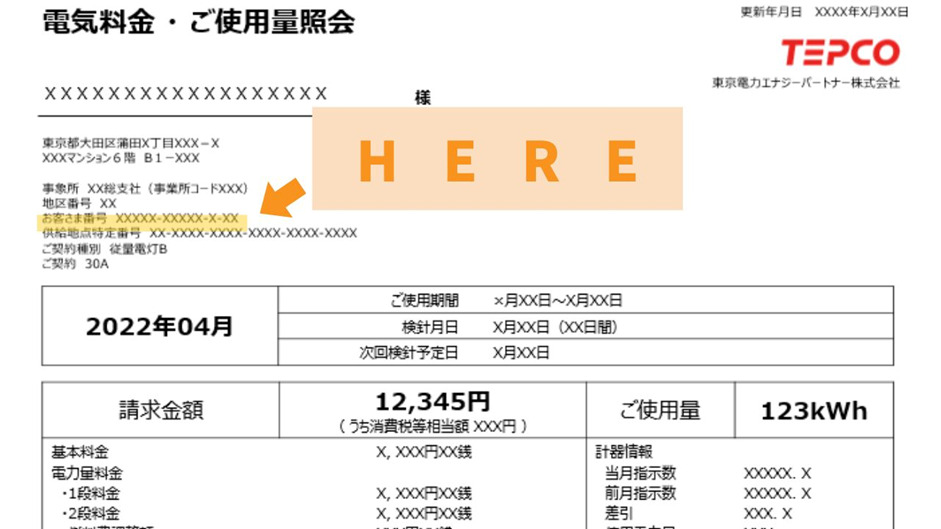
https://www.tepco.co.jp/ep/support/kenshin-web/receipt/index-j.html
Gas (Tokyo Gas): Customer Number (お客さま番号) or Meter Reading Number (検針番号) appears in the upper left area of the bill, typically displayed as a 11-digit number positioned near your address information.
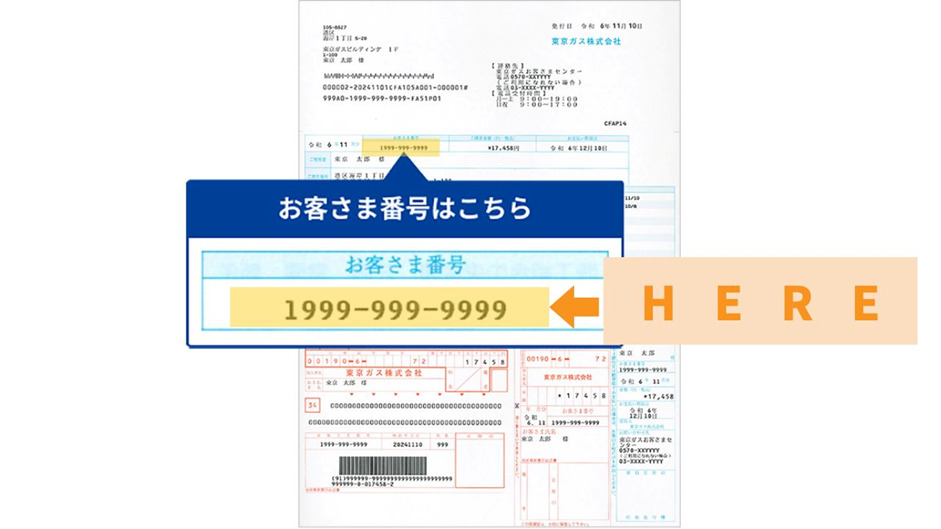
https://home.tokyo-gas.co.jp/gas_power/procedure/customer_number.html
Water (Tokyo Metropolitan Bureau): Find "お客さま番号" (Customer Number) in the upper left section of your bill. This is usually a 10-digit number in a clearly marked field.
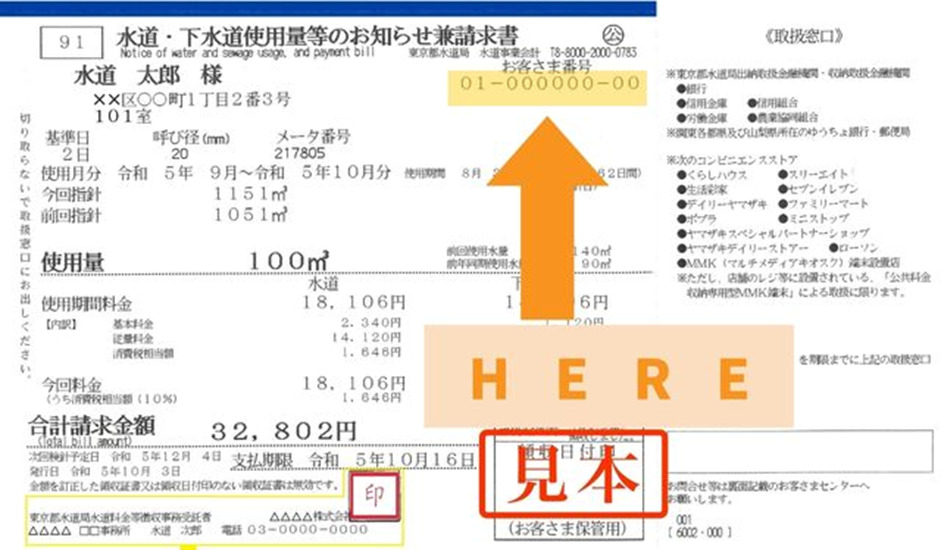
https://www.waterworks.metro.tokyo.lg.jp/tetsuduki/ryokin/shiharai/mihon
Keep these numbers easily accessible by saving them in your phone contacts or writing them in a household information notebook. Having them ready significantly speeds up any customer service interactions.
Average Monthly Utility Costs in Japan
Planning your budget is essential when moving to Japan. Here are realistic estimates for different household types based on typical consumption patterns.
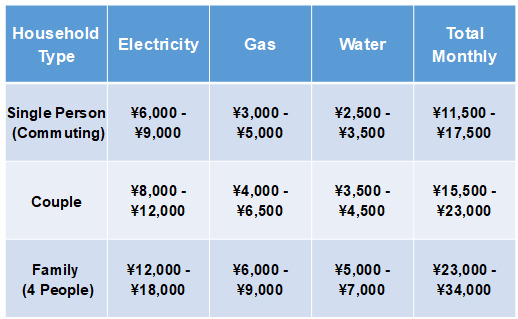
Note: Water bills are issued every two months; amounts shown are monthly averages.
Important: These costs vary significantly depending on season and lifestyle. Summer and winter months typically see 30-40% increases due to air conditioning and heating usage. Remote work, extended home time, and individual usage habits can push costs toward the higher end of these ranges for all household types.
How to Pay Utility Bills in Japan
There are multiple convenient payment methods for utility bills. Understanding these options helps you to choose the most suitable method for your circumstances.
Bank Transfer (Automatic Withdrawal) (Most Popular)
Automatic bank withdrawal (Kozafurikae) is the most widely used payment method in Japan. Once your bank account is registered, your utility bills are automatically deducted from your Japanese bank account on specified date each month. This method ensures that the payments are made each months. Most utility companies waive bill issuance fees for automatic withdrawal, providing cost savings. Always ensure sufficient funds are available before withdrawal dates.
Convenience Store Payments
Convenience stores (Konbini ) offer 24/7 payment availability at stores like 7-Eleven, FamilyMart, and Lawson throughout Japan. Simply bring your utility bill and present the barcode at the register for scanning.
This method is particularly common immediately after utility service begins, as initial billing typically defaults to paper bills before you can set up alternative payment methods. You can also make payments at bank or post office windows during business hours, though convenience stores remain more popular due to their extended hours.
Note that convenience stores only accept cash payment, so ensure you have sufficient yen before visiting.
Credit Card Payments
An increasing number of utility companies now accept credit card payments, and making this attractive for frequent travelers or those earning reward points on expenses. Credit card payments can usually be set up online through each utility company's website for convenient automatic processing.
Internet and Mobile App Payments
Recent digital payment methods like PayPay and au Pay allow utility bill payment by scanning barcodes with your smartphone. These apps provide instant payment confirmation and digital receipt storage for easy record-keeping.
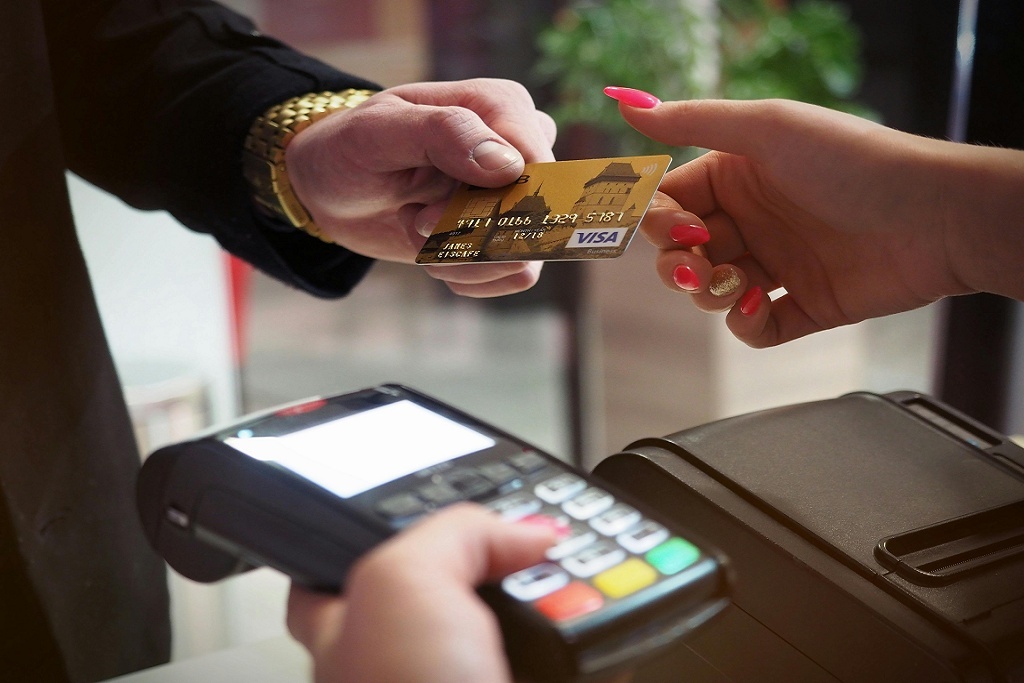
Professional Utility Setup and Management Services
Managing utilities in a foreign country should be challenging, especially with language barriers and complex administrative procedures. Professional services can significantly simplify this process.
Utility Setup and Cancellation Services
HouseRep Tokyo can handle both utility connections for move-ins and cancellations for move-outs on your behalf. This service saves you time and effort of setting up the utility. Having your customer numbers available makes these processes more efficient for faster account access.
Ongoing Support Services
Our services provide ongoing support for utility management. This includes assistance with customer service inquiries about service issues, billing questions, or account modifications.
Bilingual assistance ensures clear communication and faster problem resolution upon unexpected situations.
What to Do in Various Situations and Emergency Cases
Understanding how to handle utility problems ensures quick resolution and maintained essential services.
What to Do If You Fall Behind on Payments
If you miss a utility payment deadline, don't panic but take immediate action to avoid service interruption:
Late Payment Penalties: Japan charges annual late fees of 14.6% on overdue utility bills, which can accumulate quickly if left unresolved.
Service Disconnection Process: After 2-3 reminder notices, utility companies will disconnect service. Electricity and gas would be shut off before water service.
Service Restoration : Once you pay all outstanding amounts, service restoration usually takes 24-48 hours for electricity, gas, and water services.
Getting Help : While some utility companies offer limited English support, language barriers can complicate quick resolution. Having your customer number ready is essential for any communication. Contact HouseRep Tokyo for reliable bilingual assistance.
Common Situations and Solutions
Moving Procedures: Contact utility companies 1-2 weeks before moving to schedule disconnection at your old address and connection at your new residence. Your customer numbers will help expedite these processes significantly.
Sudden Usage Increases: Check usage figures on recent bills compared to previous months. Seasonal changes, new appliances, or changed daily routines often explain unexpected increases.
Service Inquiries: While TEPCO and Tokyo Gas offer some English support, its availability can vary. For consistent assistance, contact HouseRep Tokyo for reliable bilingual support.
Missing (Delivery Issues): If you don't receive an expected bill that should have been delivered, contact the utility company's customer service immediately. Provide your customer number and current address for fastest service resolution.
Forget Customer Numbers: If you can't locate your customer number, utility companies can help retrieve the same number using proper identification and address verification procedures. Your number remains the same; they simply provide it to you again.
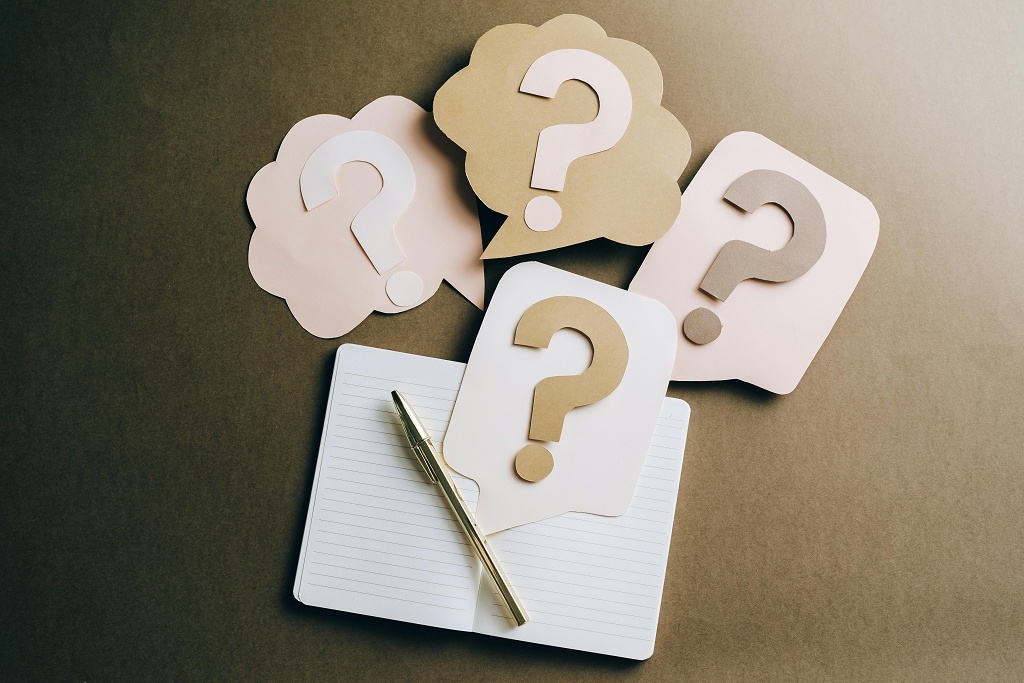
Conclusion
Successfully managing utilities in Japan requires understanding payment systems and keeping track of customer numbers. With monthly costs ranging from ¥11,500-17,500 for singles to ¥23,000-34,000 for families, proper budgeting is essential.
Customer numbers are critical for any utility communication. Keep them accessible and ready when contacting service providers.
HouseRep Tokyo offers services for setup, ongoing support, and emergency assistance with bilingual support.